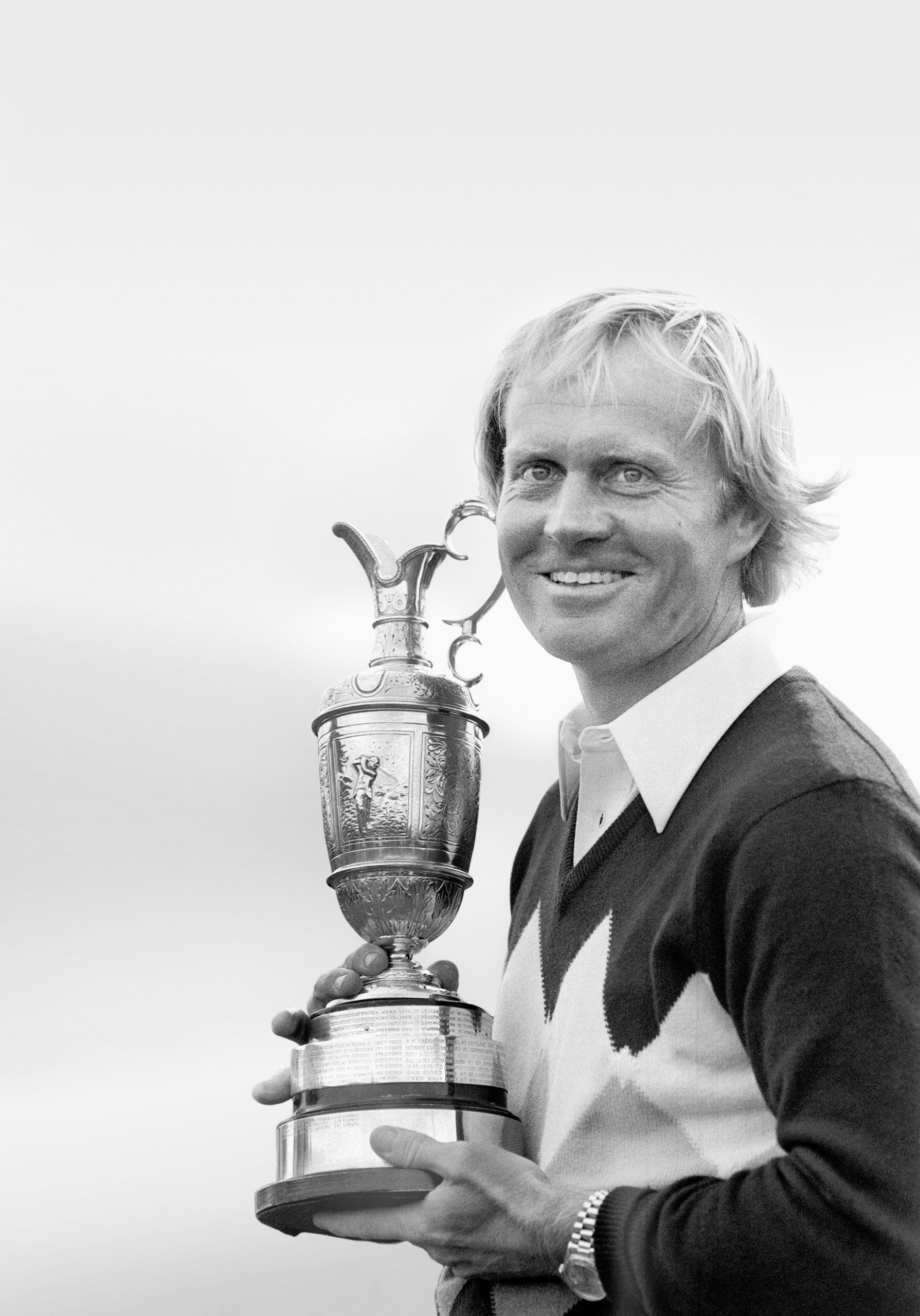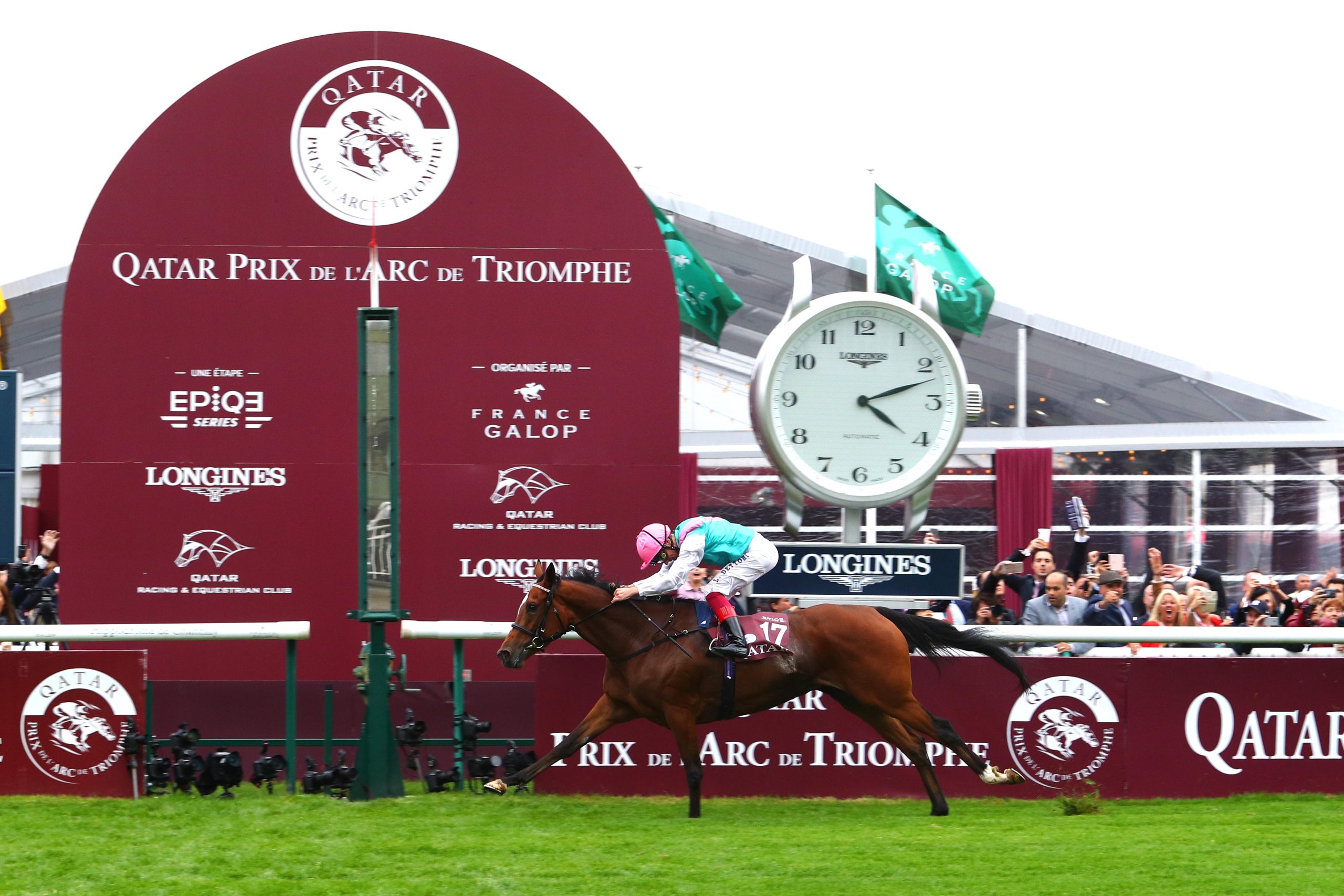The roots of the relationship between sports and watchmaking are unsurprisingly anything but recent. As organised competition between athletes grew more prevalent, some sort of means of determining “who is the quickest” soon became imperative.
Written by Justin Mastine-Frost
While we have no doubt that earlier clocks and other timekeeping devices were used long before, the first significant relationship to surface in this category is one that still stands today — the connection between the Olympics and Omega.
Starting with the Los Angeles games in 1932, Omega provided 30 split-seconds stopwatches to the organization — a fairly cutting-edge and very accurate timekeeper for the time. Omega has since been the official timing partner of the games, providing significant funding through their sponsorship as well as regularly launching limited-edition watches in conjunction with each of the Summer and Winter Games.


This same sort of logical connection can be found with Longines, and their ongoing support of Equestrian sport. In 1878, the brand debuted a watch whose dial featured a jockey on his horse, and in 1912, Longines began sponsoring its first show jumping event. Fast forward to 2018 and they are still heavily invested in promoting equestrian events, including everything from the Kentucky Derby through to the White Turf Races of St. Moritz, and other activities across the globe. Much like the connection between Rolex and golf, there’s a certain understated elegance that intertwines Longines’ aesthetic codes with equestrian, aside from its aforementioned historical connection with the sport.


The world of motorsport has also seen its share of horological sponsorships over the years, though this landscape seems ever-changing. Of course Rolex remains heavily invested in this field, sponsoring Formula One, and the FIA World Endurance Championship (which includes the Rolex 24h at Daytona), however many other watch brands have taken a slightly different approach by focusing their sponsorship dollars towards specific race teams. For example, Bell & Ross became one of the more recent additions to said pool in 2017 with their sponsorship of the Renault F1 team. Commemorating the partnership, a trio of limited edition watches were launched to match the team’s bright yellow and black livery.
Along this same line of the F1 realm, there are a good number of luxury watch brands in the marketplace that have turned to individual athlete sponsorships rather than hanging their hat on an entire league or organization. Hublot is one of the few who has invested heavily in this approach, crafting partnerships with sporting heavy-hitters such as Usain Bolt, Pele, Duane Wade, Eli Manning, and golf’s number-one ranked superstar, Dustin Johnson. In the same breath, brands like Audemars Piguet and Richard Mille have seen similar success with this approach. While the former has primarily concentrated their efforts on the rising stars of professional golf, Richard Mille has struck deals with a unique breed of pro athletes running the gamut from tennis superstar Rafael Nadal, to Qatari track and field/high jumping sensation, Mutaz Essa Barshim.




Where Richard Mille is able to set themselves apart from the pack is through their ability to craft timepieces for these esteemed athletes with the intention of them being worn during competition. The brand has invested heavily in movement design and engineering, as well as in materials innovation over the years, and in the case of Nadal, Barshim, and most recently polo star Pablo Mac Donough, each athlete actually puts their RM timepieces to the test in the harshest of sporting conditions. In the case of Mac Donough, the brand went so far as to created their own version of “safety glass” with a sapphire crystal, protecting the movement from damage in the case of being struck by a rogue polo ball. This latest feat is a new take on what Jaeger LeCoultre set out to achieve as they built the first Reverso back in 1931.
Looking forward, the future still seems bright for this flourishing relationship between watchmaking and sport. The pace of collaborations remains steady as ever, and especially as funding becomes a greater and greater challenge for those outside the big leagues of sports, more opportunities will continue to present themselves for this symbiotic relationship to forge ahead. If it means supporting the athletes we love, and the appearance of new and interesting timepieces as a byproduct, we’re all for it.








